Gun violence isn’t unheard of in the 16th (Jefferson Park) Police District, but it’s far lower here than nearly anywhere in the city. Jefferson Park and the smaller neighborhood of Gladstone Park within it are bungalow communities on the far Northwest Side and home to many Chicago police and firefighters and their families. Little free libraries dot parkways on tree-lined side streets. Residents describe the neighborhood as “quiet.”
Yet ShotSpotter’s gunshot-detection coverage area includes portions of these communities. A map obtained by the Weekly from the Mayor’s Office via a public-records request shows two small pockets of the 16th District where ShotSpotter’s audio sensors are installed and another on the border of the 17th District. The city has never publicly acknowledged their existence, and a 2021 Inspector General’s report on ShotSpotter appears to have missed them.
A spokesperson for ShotSpotter, which rebranded itself SoundThinking last April, said the sensors have been operating in these districts since 2020. They were installed at the request of JCDecaux, a multinational billboard and bus-stop advertising corporation based in France. And unlike the sensors in Chicago’s twelve districts hit hardest by gun violence, which cost the city about $9 million a year, these sensors alert police to gunfire near the billboards “at no cost to anyone,” the spokesperson said.
“In 2019, JCDecaux came to ShotSpotter indicating that several electronic billboards in districts 016 and 017 were becoming targets for shooters in moving vehicles,” the spokesperson said in an email. “CPD had no plans to deploy ShotSpotter in these districts, so ShotSpotter had no way of detecting and alerting CPD of gunfire in these immediate areas.”
ShotSpotter offered to install sensors around JCDecaux’s billboards for twelve months “at no cost to the city.” The spokesperson said the company made the offer “jointly” to the billboard company and CPD. It deployed the sensors in August of 2020, and they “remain operational today.” A spokesperson for JCDecaux did not respond to a request for comment.
ShotSpotter has installed thousands of acoustic sensors across half of Chicago’s police districts, most of them on the South and West Sides. The company, initially contracted to provide gunshot alerts to CPD in 2018 by then-Mayor Rahm Emanuel, has become a target for progressive activists who say it’s ineffective and harmful to already-marginalized communities.
The company and its supporters say ShotSpotter saves lives by alerting police to gunfire and bringing them to shooting scenes where they can save victims’ lives. To do that, the company has deployed devices that detect loud noises at an average of fifteen to twenty sensors per square mile across some of the police districts with the heaviest gunfire.
Twelve districts on the South and West Sides that experience the highest levels of gun violence in the city have the vast majority of ShotSpotter sensors. (They’re also the only districts the city has acknowledged having sensors in.) Public safety officials have repeatedly said that the roughly $75,000 per square mile that the city pays ShotSpotter to cover those districts is worth it because it saves lives. Block Club reported that at a public meeting last month, CPD superintendent Larry Snelling reiterated that sentiment, saying ShotSpotter has enabled officers to get to shooting victims more quickly.
Jefferson Park and Gladstone Park have some of the lowest levels of gun violence in the city. The 16th District had the second-fewest shootings in both 2021 and 2022, according to CPD’s last annual report.
The ShotSpotter spokesperson said that since they were installed in 2020, the sensors had alerted CPD to more than one hundred incidents of gunfire. The alerts are sent to Strategic Decision Support Center (SDSC) rooms, centralized tech hubs in each police district that are monitored 24/7 for crime alerts. When gunshots are detected by ShotSpotter, police are often dispatched to the scene to look for victims or evidence of a shooting.
According to the city’s dashboard, there were thirty-five ShotSpotter alerts in the vicinity of the billboards sensors are monitoring last year. (For the first seven months of 2023, however, about 2.4 percent of citywide alerts are missing from the city’s dashboard, so the actual number may be slightly higher.)
There were a total of two fatal and ten nonfatal shootings in the 16th District in 2023, as well as several reckless firearm discharges and a handful of assaults with a firearm. An analysis of CPD data on gunshot victims and ShotSpotter alerts indicates that only one of the shootings near the billboard-coverage area, a nonfatal one in July near the border of the 17th District, was associated with an alert.
Last month, a Weekly investigation of ShotSpotter’s efforts to lobby the Mayor’s Office obtained a “fact sheet” about the company’s impact on Chicago. A map included in the fact sheet shows ShotSpotter’s citywide coverage, which includes every district on the South and West Sides except the 22nd, which is on the far Southwest Side and like Jefferson Park is home to many police. The map also showed three small coverage areas on the Northwest Side. One is in Gladstone Park along Elston Ave, north of Lawrence. Another, in Jefferson Park, runs along Avondale Ave, and a third coverage area is where the Kennedy Expressway cuts through the border of the 16th and 17th Districts.
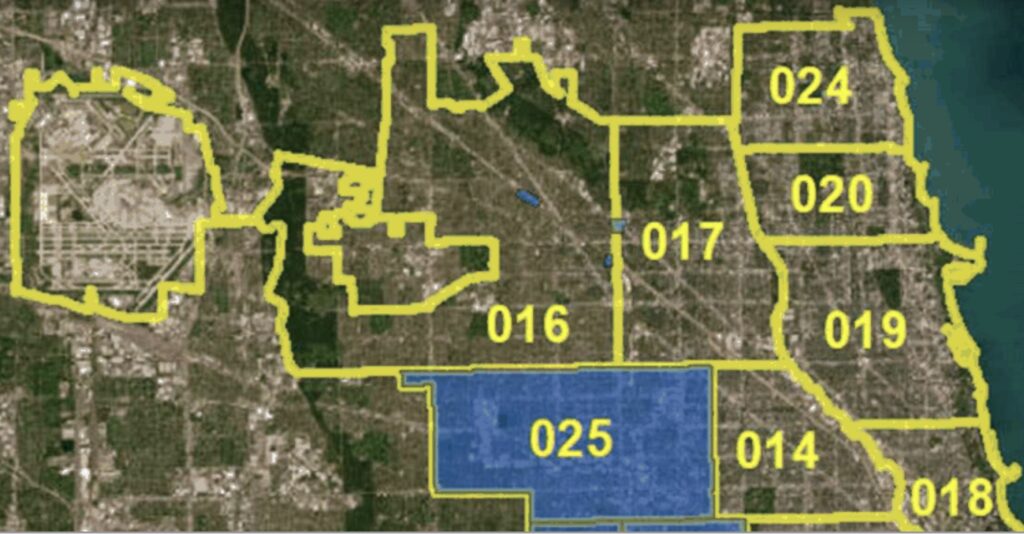
A Weekly reporter found half a dozen ShotSpotter sensors in the 16th district. A few were attached to utility poles and clearly visible from the street. Two were in parks. Another was on the roof of a gas station that overlooked the Kennedy. Across the expressway from it, an electronic JCDecaux billboard cycled through colorful ads.
Reached by phone, the gas station’s owner said he didn’t know when the sensor was installed. Had anyone been shot near the gas station in recent memory? “No, not that I know of,” he said.
A few blocks east of that billboard, a ShotSpotter sensor is on the roof of William Gladstone Park’s fieldhouse, where it faces a JCDecaux billboard that overlooks the Kennedy a block south. According to CPD data, that sensor reported a single gunshot in January (it was not associated with any police report), and none in 2023. Another was on a utility pole about a half-mile from the park. The owner of a house close to it said she’d heard of ShotSpotter but “had no idea” the box on the pole was a sensor.
Asked about gun violence in the neighborhood, she said there was none. “It’s pretty quiet,” she said. “That’s why I’m surprised to hear it’s there.” CPD data shows three crime reports for that block in 2023, none of them violent: two thefts and a burglary. There were none the previous year.
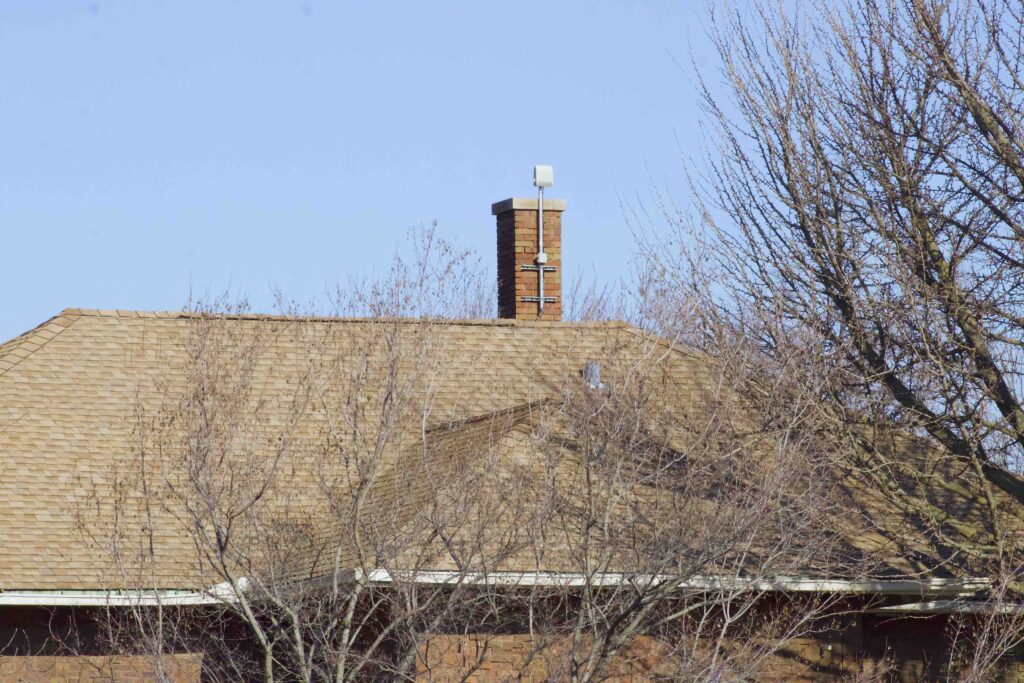
Daniel Martin, the chair of the 16th Police District Council (one of twenty-two such civilian oversight bodies in each district that were first elected last year), said gun violence is a rare but growing issue in the district. “When it does happen, it spooks people,” he said. He added that he has been more focused on getting Police Observation Device (POD) cameras in the district than ShotSpotter devices. “During budget hearings this year, we were asking for cameras,” he said.
Asked whether having ShotSpotter devices in Gladstone Park is an efficient use of public safety resources, Martin said: “I honestly don’t know.” He added that the district council has been asking for more police officers, but in lieu of that, they’ll take anything they can get.
“We always ask for more every day, so we’re working on every alternative there is to just police officers, whether that’s more cameras, LRPs [license plate readers], to ShotSpotter,” he said. “There’s only so many police officers to go around.”
A police department spokesperson did not respond to questions about who approved the installations near the billboards. The Office of Public Safety Administration, which oversees the ShotSpotter program, does not have a press officer. The Mayor’s Office declined to comment.
During his 2023 campaign, Mayor Brandon Johnson promised to cancel ShotSpotter’s contract when it expires on February 16. He has yet to announce whether he’ll follow through. The Community Commission for Public Safety and Accountability will hold a public meeting about ShotSpotter on February 9 at St. Sabina Church.
Jim Daley is the Weekly’s investigations editor. Max Blaisdell is a fellow with the Invisible Institute and a staff writer for the Hyde Park Herald.

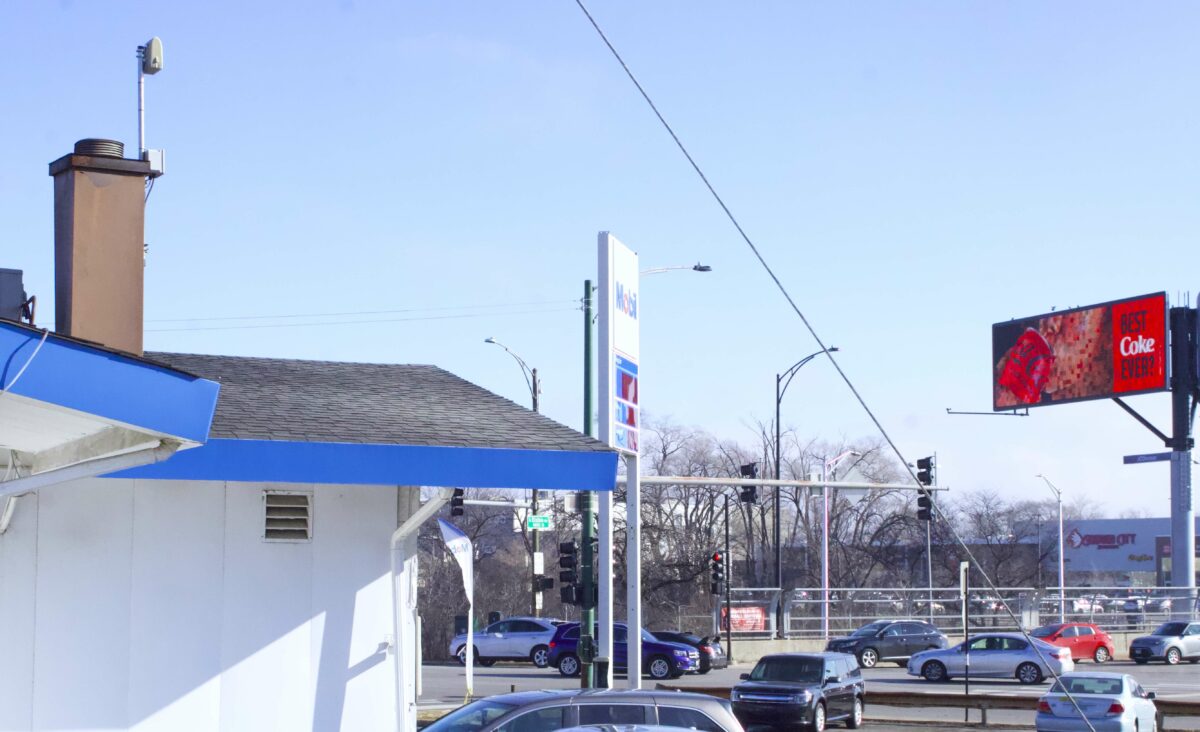
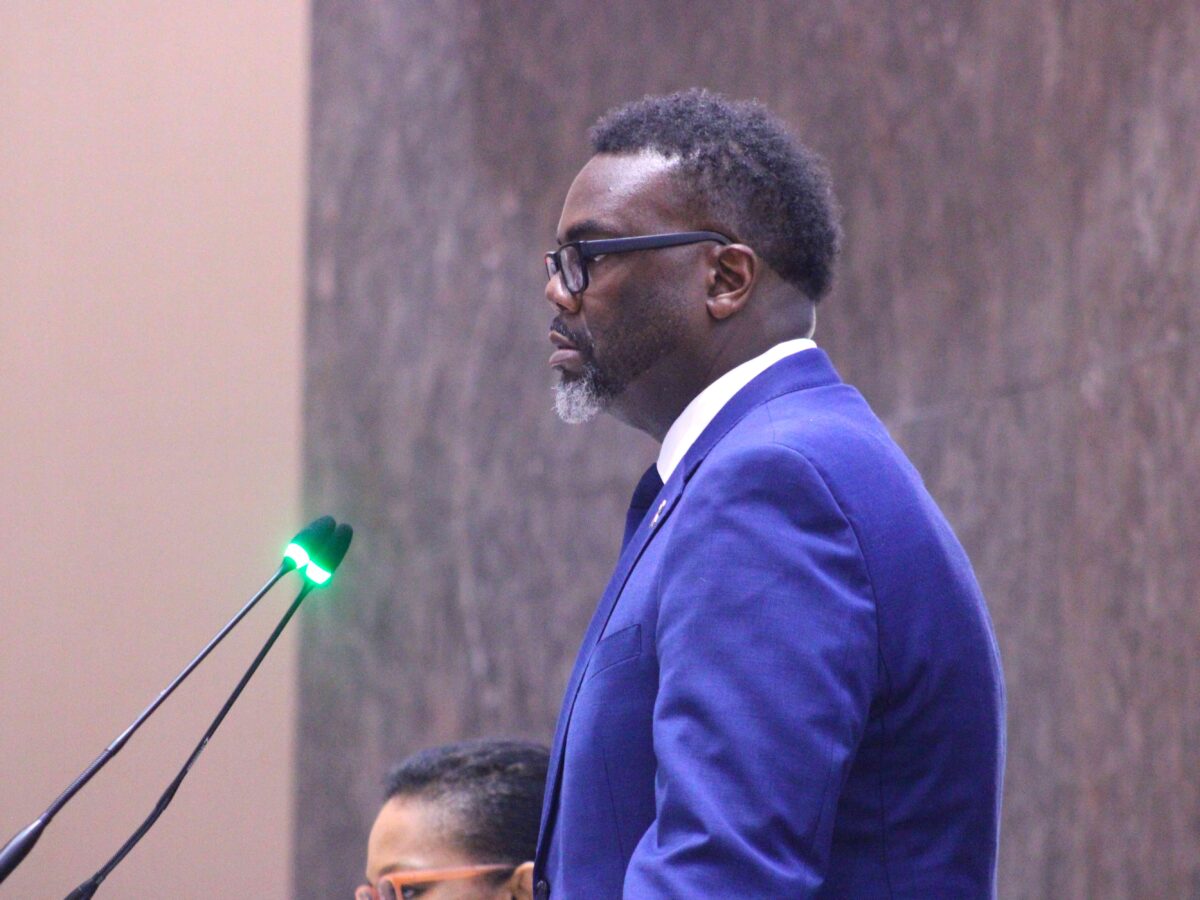
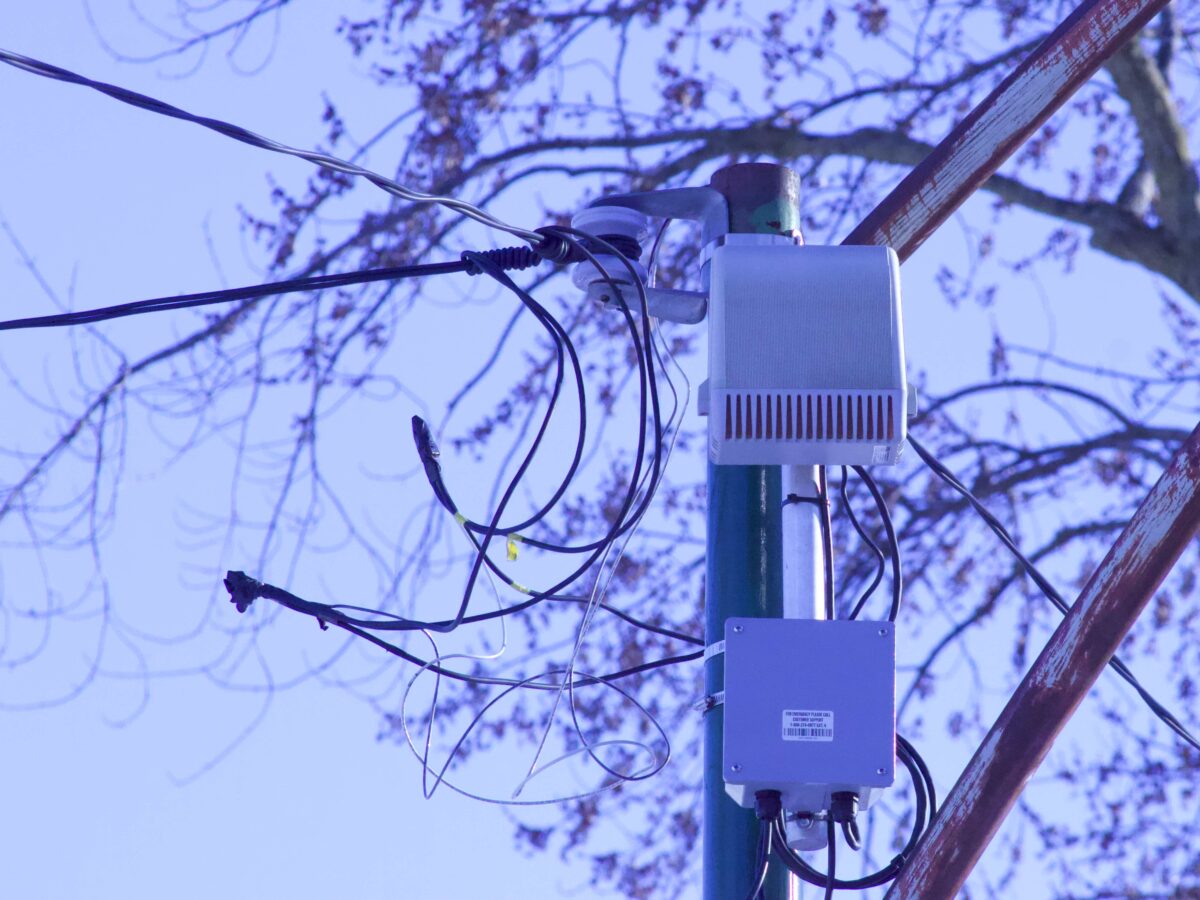
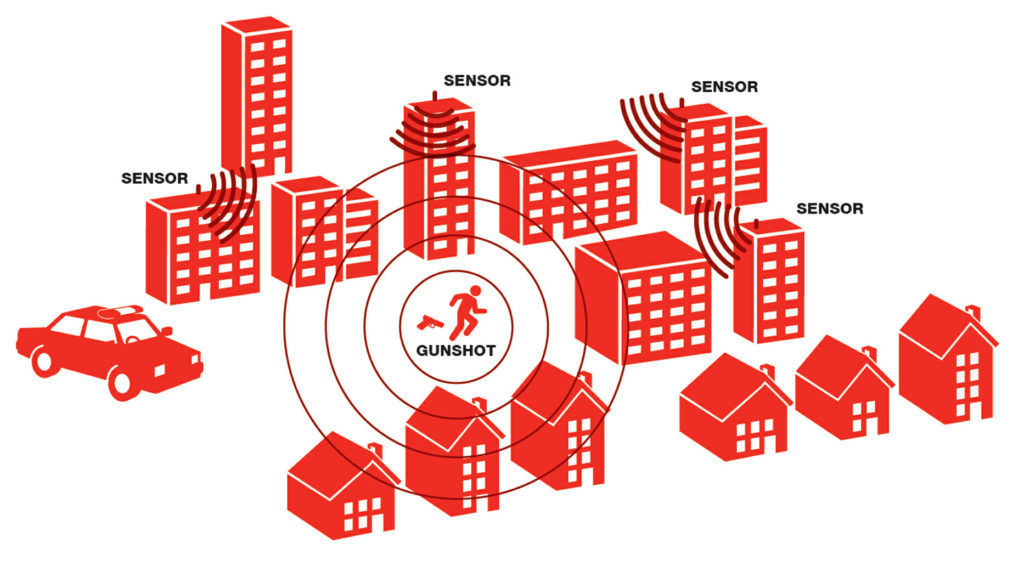
Seems like a good tool on incidence/measuring efficacy…
What are the elements/standards for need/use?
what the results numbers say for each element/standard efficacy?